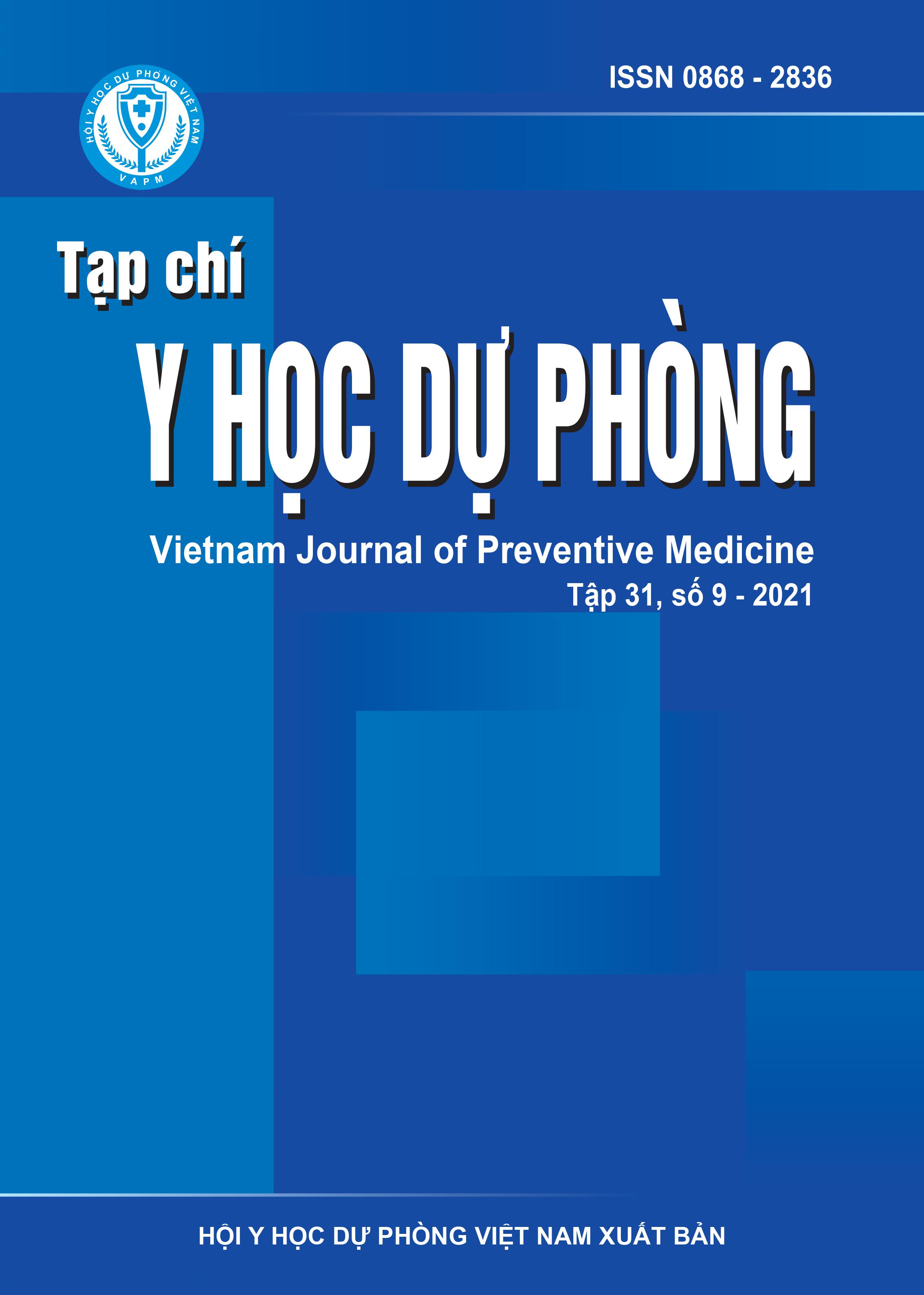Vitamin A deficiency and some related factors in women of childbearing age in Northern mountainous provinces, 2018
DOI:
https://doi.org/10.51403/0868-2836/2021/481Keywords:
Vitamin A deficiency, micronutrient deficiency, women of childbearing age, related factorsAbstract
Vitamin A is an essential nutrient for human growth and development. The cross-sectional study to describe vitamin A deficiency status and some related factors was conducted on 809 women aged 15 to 35 years old in Son La province in 2018. The results showed that the prevalence of sub-clinical vitamin A deficiency (Sub VAD) was 4.2%, However, the prevalence of Sub VAD and marginal vitamin A deficiency was 38.8%, together with a mean serum retinol concentration was 1.19 ± 0.38 mmol/L, which was lower than recent studies have shown the potential risks of vitamin A deficiency; Serum retinol concentration was linearly related to body fat percentage, body mass index (BMI), zinc and serum ferritin concentration. Multivariable logistic regression showed that low weight (weight < 45kg), anemia, zinc deficiency, and Thai ethnicity were predictively associated with Sub VAD and marginal VAD status. Thus, vitamin A deficiency in women of childbearing age was not significant of public health significance; however, it is necessary to continue to strengthen education and communication to solve anemia and micronutrient deficiency problems, and contribute to stabilizing vitamin A status in women of childbearing age.
Downloads
Downloads
Published
How to Cite
Issue
Section
License
Publication License No 150/GP-BTTTT signed on May 8, 2014;
Electronic Publication License No 322/GP-BTTTT signed on June 15, 2016.


